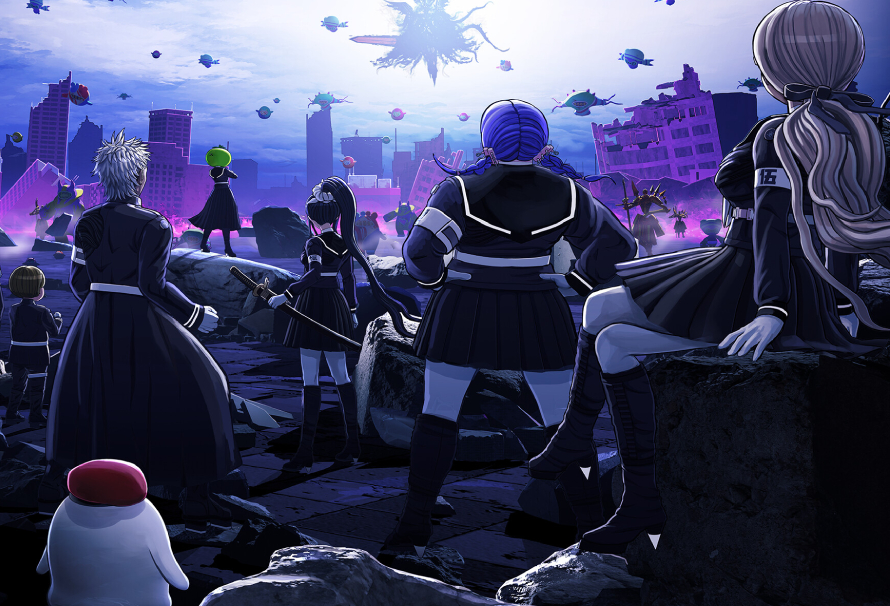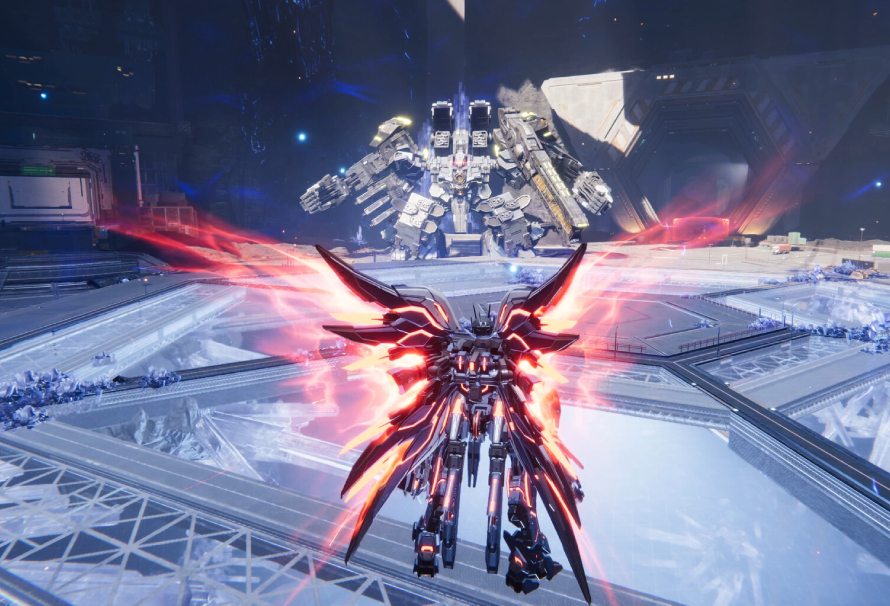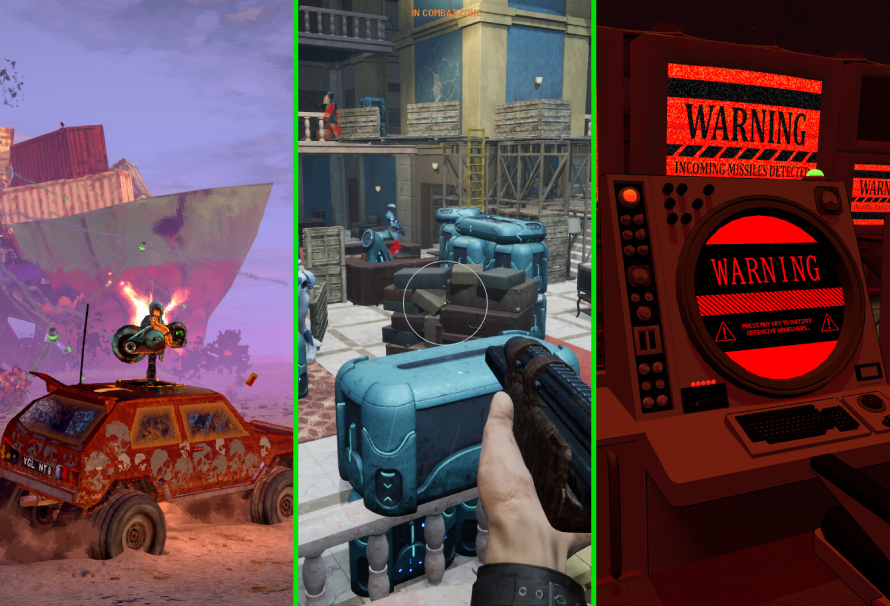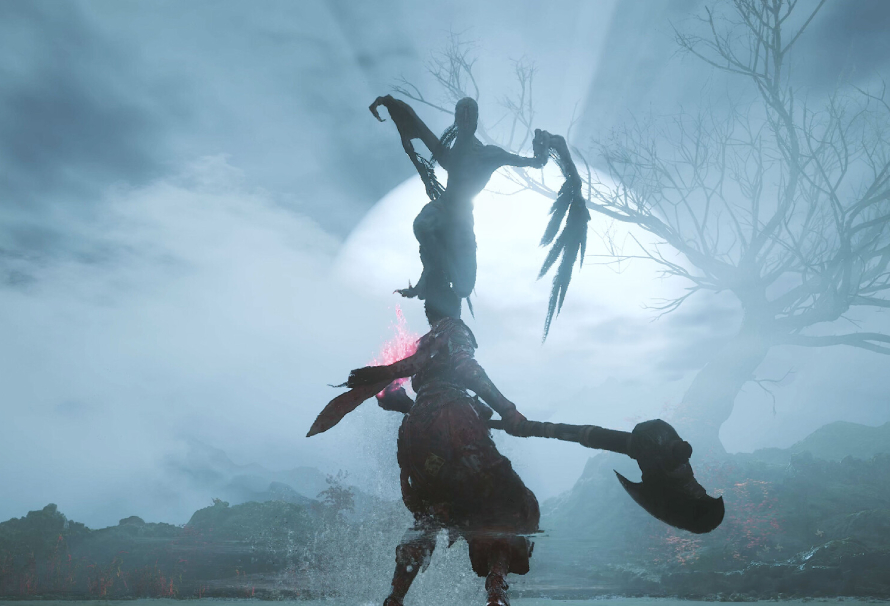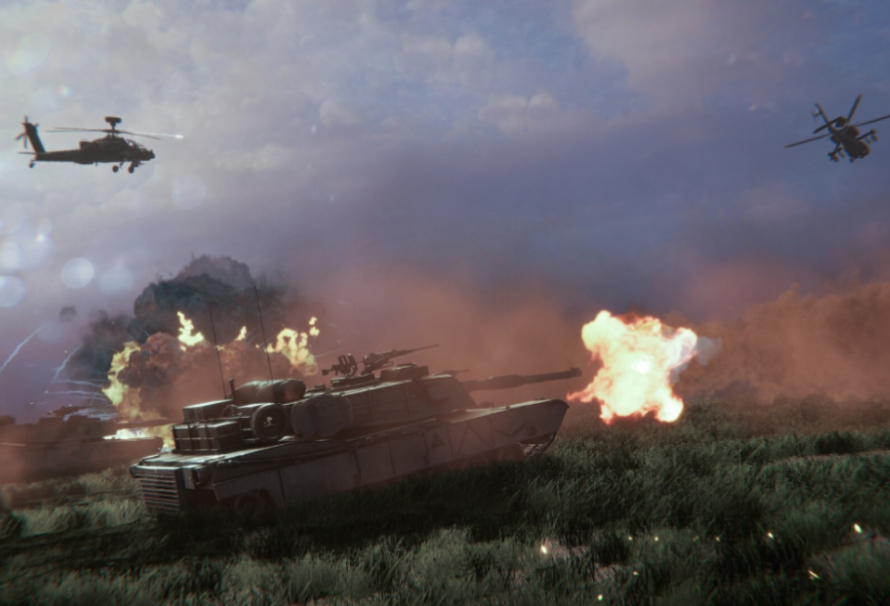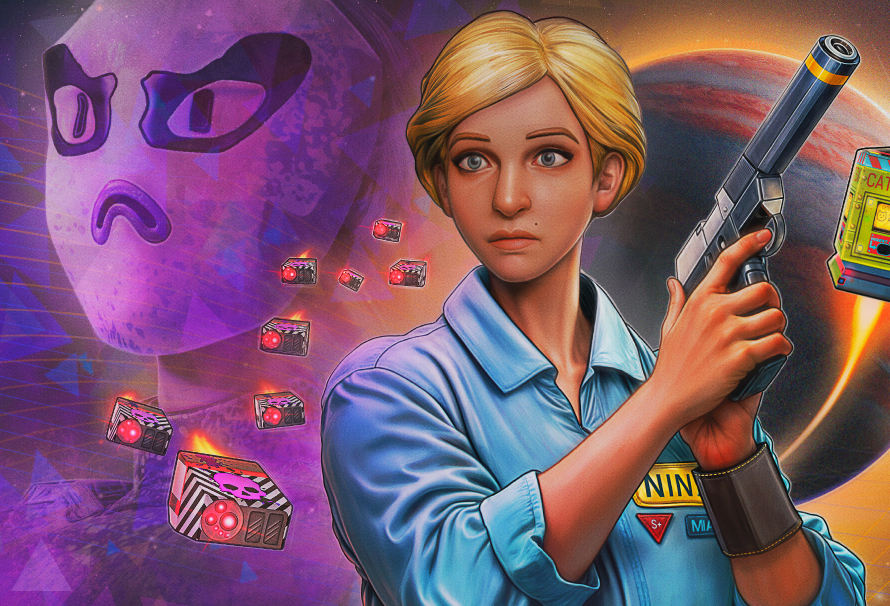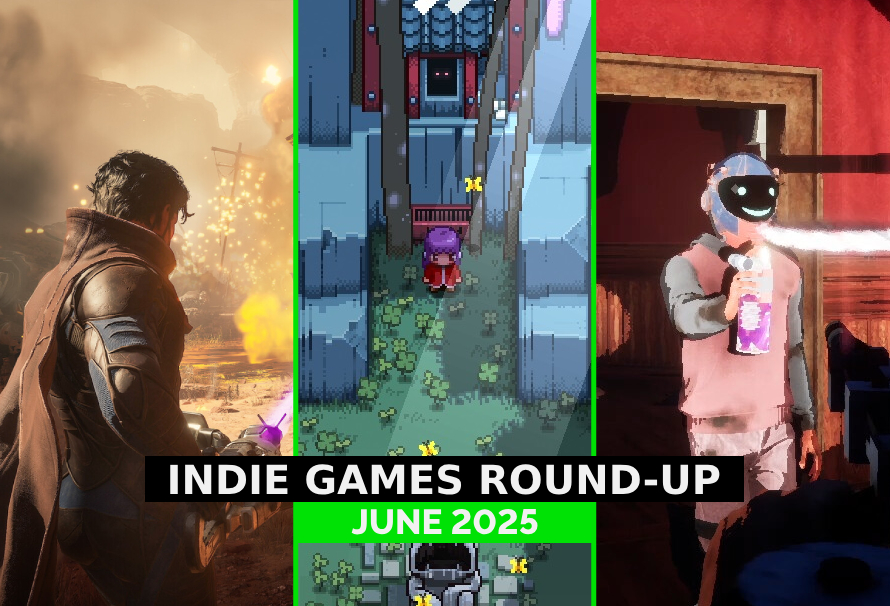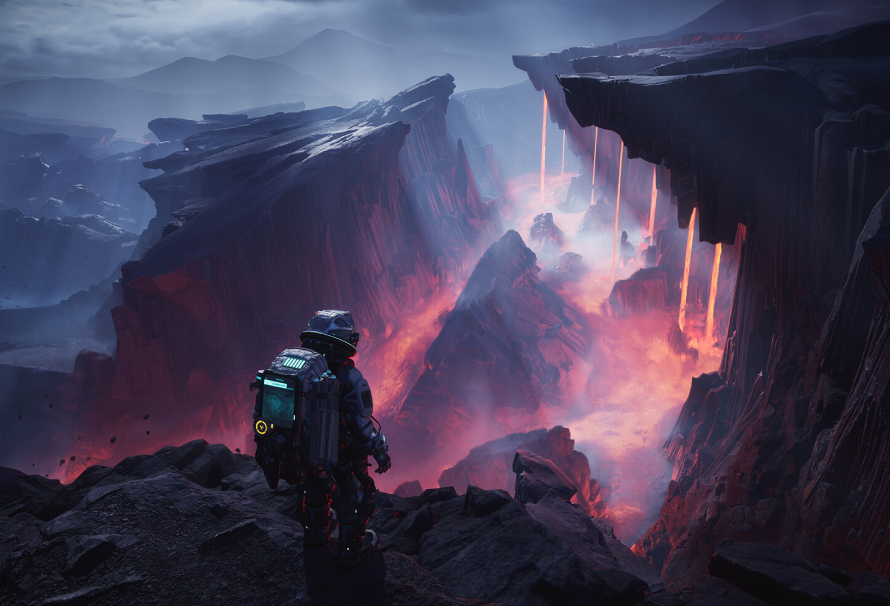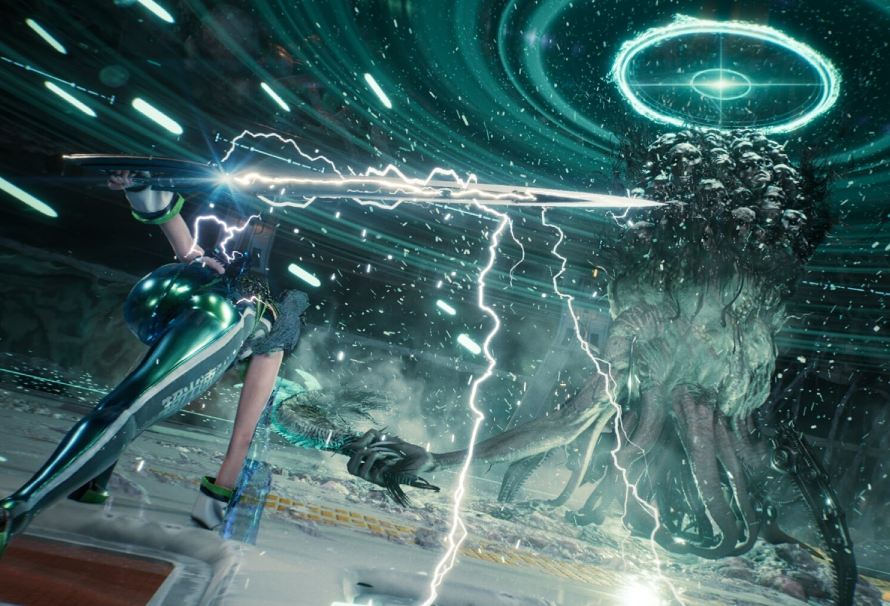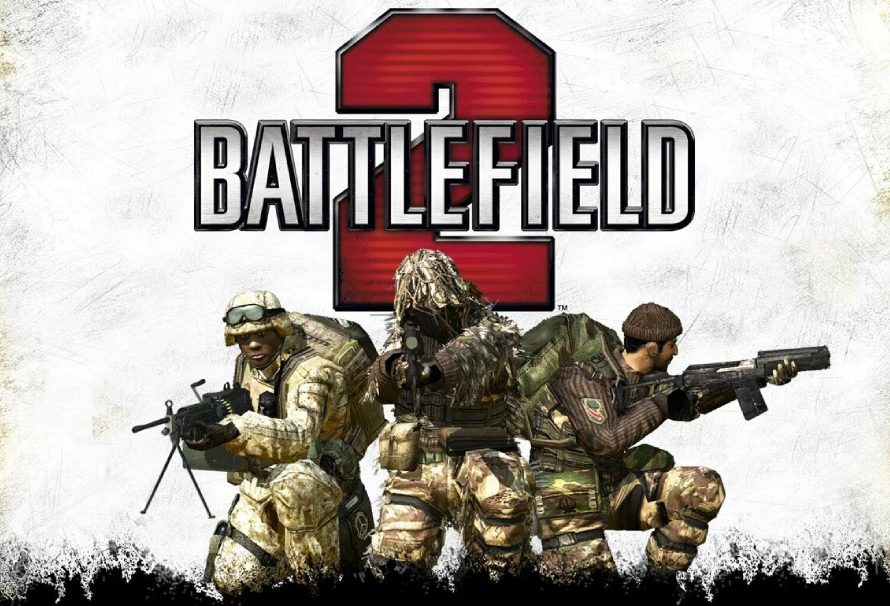I have had a bit of a, shall we say, adversarial relationship with poker in the past. If I were invited to an evening poker game with my buds, I would always find some trite reason to get out of it because, despite the lure of decent convo and foaming, mind-warping beverages. I knew nothing about Poker, didn’t care to learn and knew even if I did, I would be pants at it anyway. Yes, I was a weapons-grade idiot. Luckily for me and others that are similarly afflicted, a form of salvation was to be had courtesy of indie developer LocalThunk and Balatro – a game that not only made me interested in poker (an unfathomable state of mind for me previously), but which also made me appreciate both card games and roguelike deck builders a whole lot more than I did before. This is how Balatro captured the heart, social calendar and wholesale attention of a long-time poker dodger.

Balatro Isn’t Exactly Poker, Which Is Why It Succeeds
As it turns out, a big reason why Balatro succeeded in finding favour with not just me, but quite literally millions of other gamers across the globe, is because it is *not* a straight-laced digital recreation of poker itself – but both something else and, bizarrely, something more. Though Balatro embraces typical poker hands that will prove familiar to players of the analogue game, such as flush, full house and straight, its design and mechanics stretch far beyond that.
For a start, Balatro makes doubly sure to jettison many of the surrounding mechanics that define traditional poker. This means that aspects of the classic game, such as betting, bluffing, or even just reading card playing intentions when playing against other people, are nowhere to be seen in what is arguably LocalThunk’s finest hour.
Instead, Balatro shaves the game of poker down to its foundations and upon that design bedrock builds out what ends up being one of the most compelling games (card-based or otherwise) in years, with the sort of gripping, roguelike deck builder mechanics you just don’t usually see entwined with traditional card games. And this point is a crucial one too, because to the unaware onlooker, Balatro looks like any other digital game of cards, but this ain’t your daddy’s game of poker.

Balatro’s Roguelike Elements Compliment The Game, Rather Than Dominate It
In being a roguelike deck builder, Balatro has the player taking a single deck through a single playthrough against multiple ‘blinds’, where in each blind the player is tasked with achieving a certain score and with only a certain number of plays to do so. Not only does each blind become progressively harder by raising the score needed to win, but so too do ‘boss blinds’ become a thing, forcing players to not only reach an extremely high score, but do so with a debuff against them, such as not being able to play a card of a certain type, or only being able to play a specific hand.
Luckily, Balatro also provides players with a bountiful arsenal of tricks to come out on top. Not only do you have a number of discards that can be used in each blind to steer your hand towards favour, but by completing each blind, you are awarded amounts of cash money. Said funds can then be used to purchase a range of card packs that can provide you with everything from adding new cards to your deck, to adding buffs to certain cards, building up your score multipliers and adding powerful joker cards to your arsenal, which often provide outrageously game-changing buffs.
Despite all of this, Balatro still feels like the guts of an old-time card game. Success is still only really achieved by knowing how to make the most of your hand and by optimising your play, as you would do in a real-life game of poker. This is part of Balatro’s magic, in that it doesn’t just entice non-card players, it’s also catnip for those that are, thanks to the deft implementation of its additional roguelike elements.

It’s Terrifyingly Easy To Learn
If, like me, you have never touched a real-life game of poker or have only experienced other roguelike deck builders such as the excellent Slay the Spire, then you’ll be floored, much as I was, at just how horrendously easy Balatro was to pick up. With its lightweight and almost invisible tutorial system that provides some handy title cards which point you in the direction of how to make a play, optimise your funds and understand the different card types, Balatro’s unobtrusive onboarding for both non-card and card fans alike is simply exemplary and sets an impossible bar for other like-minded titles to reach.
There’s Depth And Mastery Here For Months, Years Even
Here’s the thing, even though Balatro is supremely welcoming, respectful of your time and breathlessly easy to learn, there is ample depth and potential for mastery here to ruin your social calendar for as long as you let it. As you progress past the first few sets of blinds in any given run, you begin to realise that fashioning deck synergies is unequivocally the key to victory, as is knowing which card decks to buy with your precious moolah.
By understanding which of your plays is the strongest, upgrading those plays and then using an optimum selection of jokers (you can only use a fixed number for obvious reasons), to bolster your multiplier and thus your final score further, there’s just no feeling quite like it when you defeat a particularly challenging boss blind. Like all the best roguelikes, too, Balatro only gets better in defeat. Each defeat not only brings you closer to some achievement to nab or some new joker to unlock, but it also brings all-new special card decks into use as well, which provide their own special perks, such as providing a larger hand size, additional discards and more besides. Put simply, once Balatro has you, it has you.

Time Passes Extraordinarily Quickly And Made Me Think I Could Be A Proper Poker Player (Sort Of)
You know that bit in Interstellar when it’s revealed that time moves at a much faster pace than usual on that alien planet they end up going to? Well, playing Balatro can feel somewhat like that. Once your brain makes sense of the relationship that exists between the traditional poker-like card plays and roguelike design aspects, minutes with Balatro quickly turn into hours, thanks to your noggin jelly subconsciously pressing a big flashing green ‘yes’ button in your head when the question of ‘one more go’ comes up.
Pointedly, after you spend even just a few hours with Balatro, you begin to understand the fundamentals of poker, and then all of a sudden, we come full circle in a sense, with Balatro providing players with the tools to step into a real-life game of poker. If only there were some way to combine playing cards with some good ol’ fashioned socialising, eh?
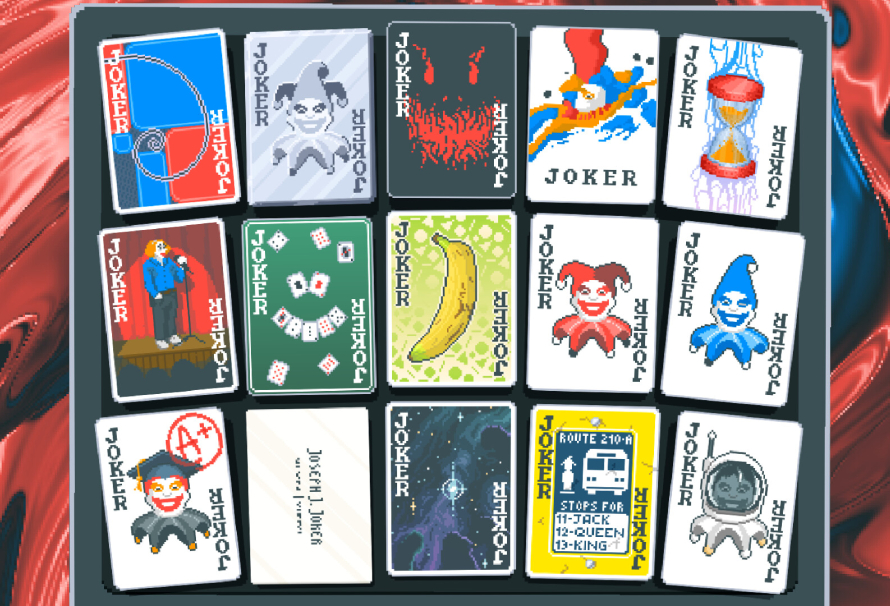
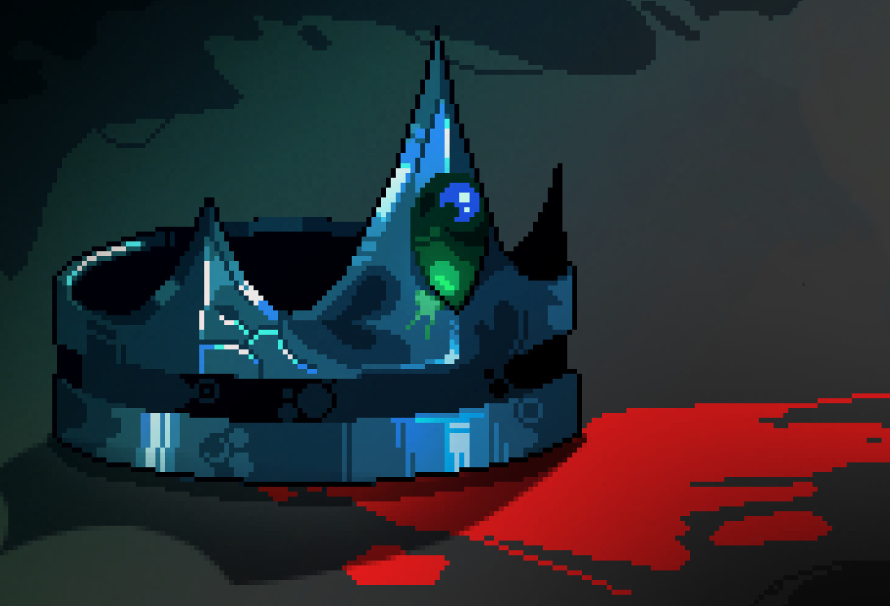

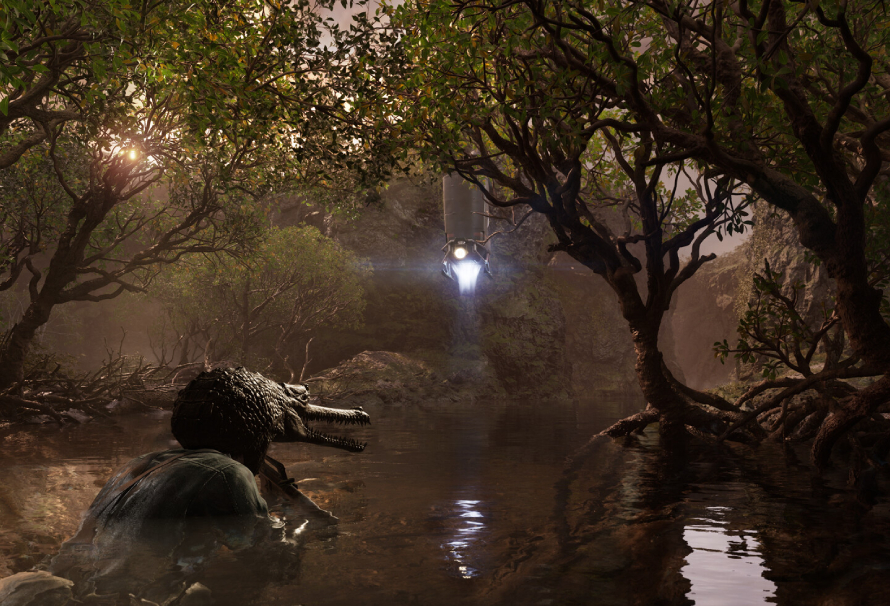











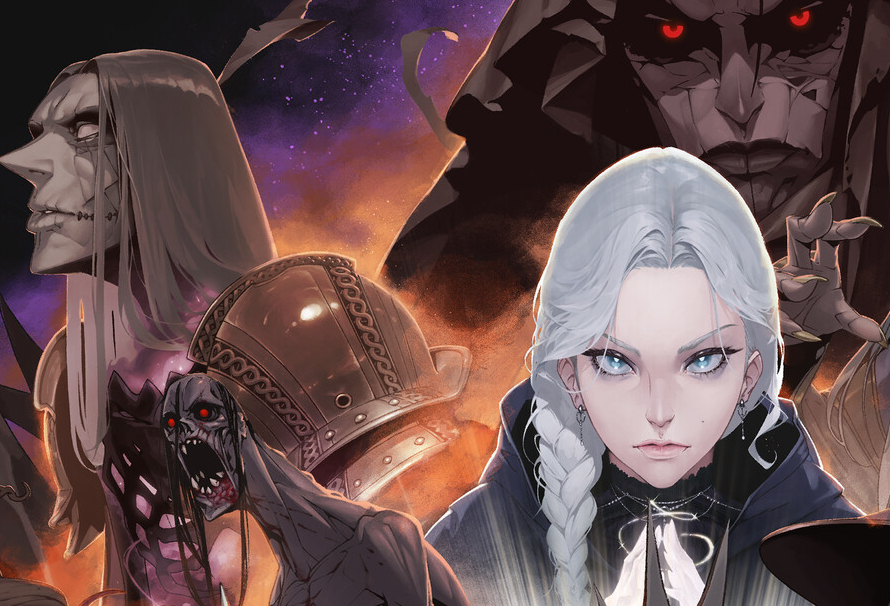

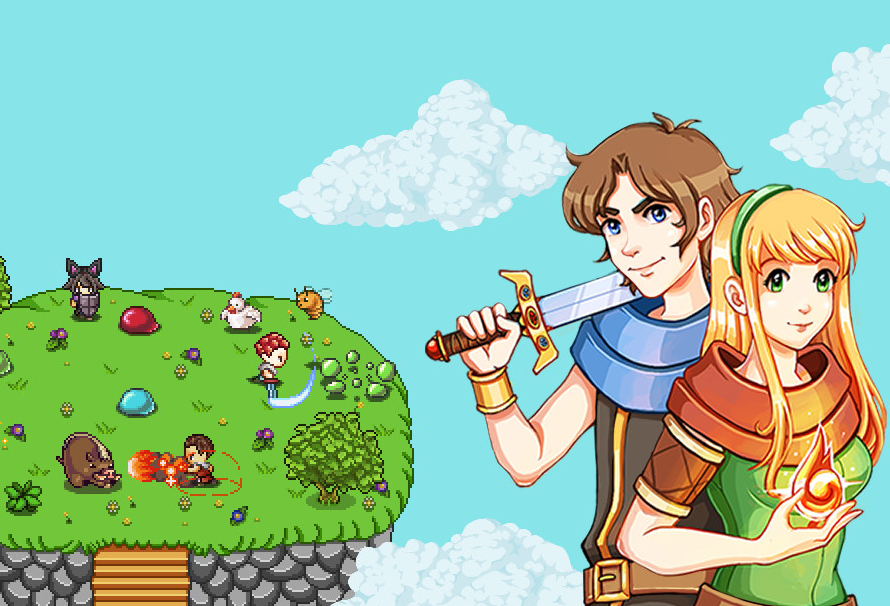

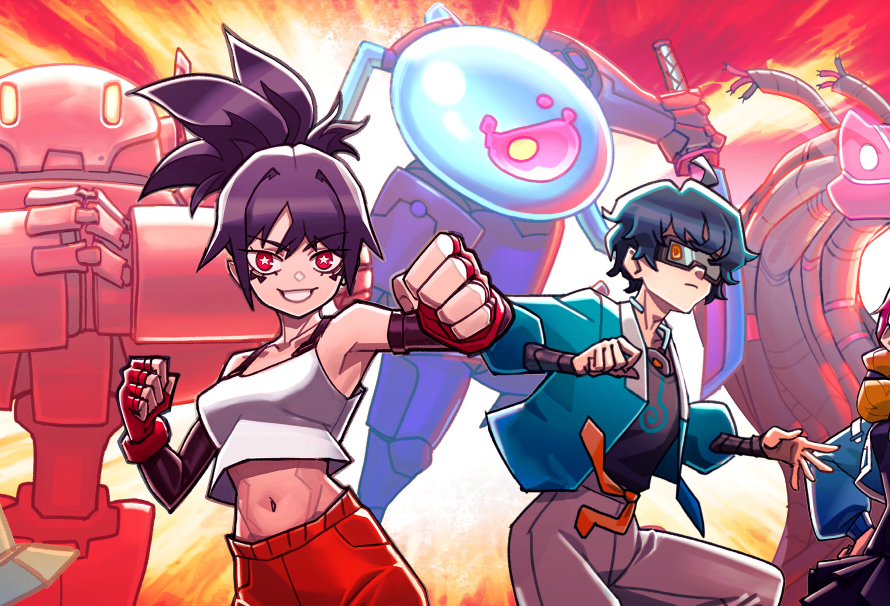
 StarVaders doesn’t mess around when it comes to variety. You’ve got three distinct classes, each with their own mechanics, and within those, multiple pilots; each starting with different gear and their own twist on playstyle. Add in several difficulty modes, and things get spicy fast. The more you play, the more you unlock: new bosses to face, and special card and item packs that shake up what shows up in each run. It’s the kind of layered depth that keeps every playthrough feeling fresh, weird, and wonderfully unpredictable.
With all that in mind, your real task is keeping an eye on what the enemies are up to. Some just try to reach the bottom and smack you around. Simple enough. But others? They’re trickier – maybe they spawn new enemies when you hit them… or don’t. Some even shuffle around every time you attack, turning every encounter into a tactical puzzle.
Sounds like a lot, right? Thankfully, StarVaders absolutely nails the pacing. It drip-feeds new mechanics as you play, so by the time things get wild, you’ll actually know what you’re doing. It’s a roguelike like no other; fast, smart, and dangerously addictive. Th
StarVaders doesn’t mess around when it comes to variety. You’ve got three distinct classes, each with their own mechanics, and within those, multiple pilots; each starting with different gear and their own twist on playstyle. Add in several difficulty modes, and things get spicy fast. The more you play, the more you unlock: new bosses to face, and special card and item packs that shake up what shows up in each run. It’s the kind of layered depth that keeps every playthrough feeling fresh, weird, and wonderfully unpredictable.
With all that in mind, your real task is keeping an eye on what the enemies are up to. Some just try to reach the bottom and smack you around. Simple enough. But others? They’re trickier – maybe they spawn new enemies when you hit them… or don’t. Some even shuffle around every time you attack, turning every encounter into a tactical puzzle.
Sounds like a lot, right? Thankfully, StarVaders absolutely nails the pacing. It drip-feeds new mechanics as you play, so by the time things get wild, you’ll actually know what you’re doing. It’s a roguelike like no other; fast, smart, and dangerously addictive. Th




